I recently went on a trip with a company, and it was an unforgettable experience. Everything was perfectly planned – from the stay and food to the entire itinerary. But the highlight of the trip was our captain, Zishan. He’s not just a great leader but also an incredibly handsome and funny guy with a very loving nature. He handled every situation with calmness and confidence, making everyone feel safe and comfortable. What stood out the most was his dedication to his team – no matter the situation, he never left anyone behind. His energy, sense of humour, and positive vibe made the entire journey even more special. Truly grateful to have had him as our trip captain

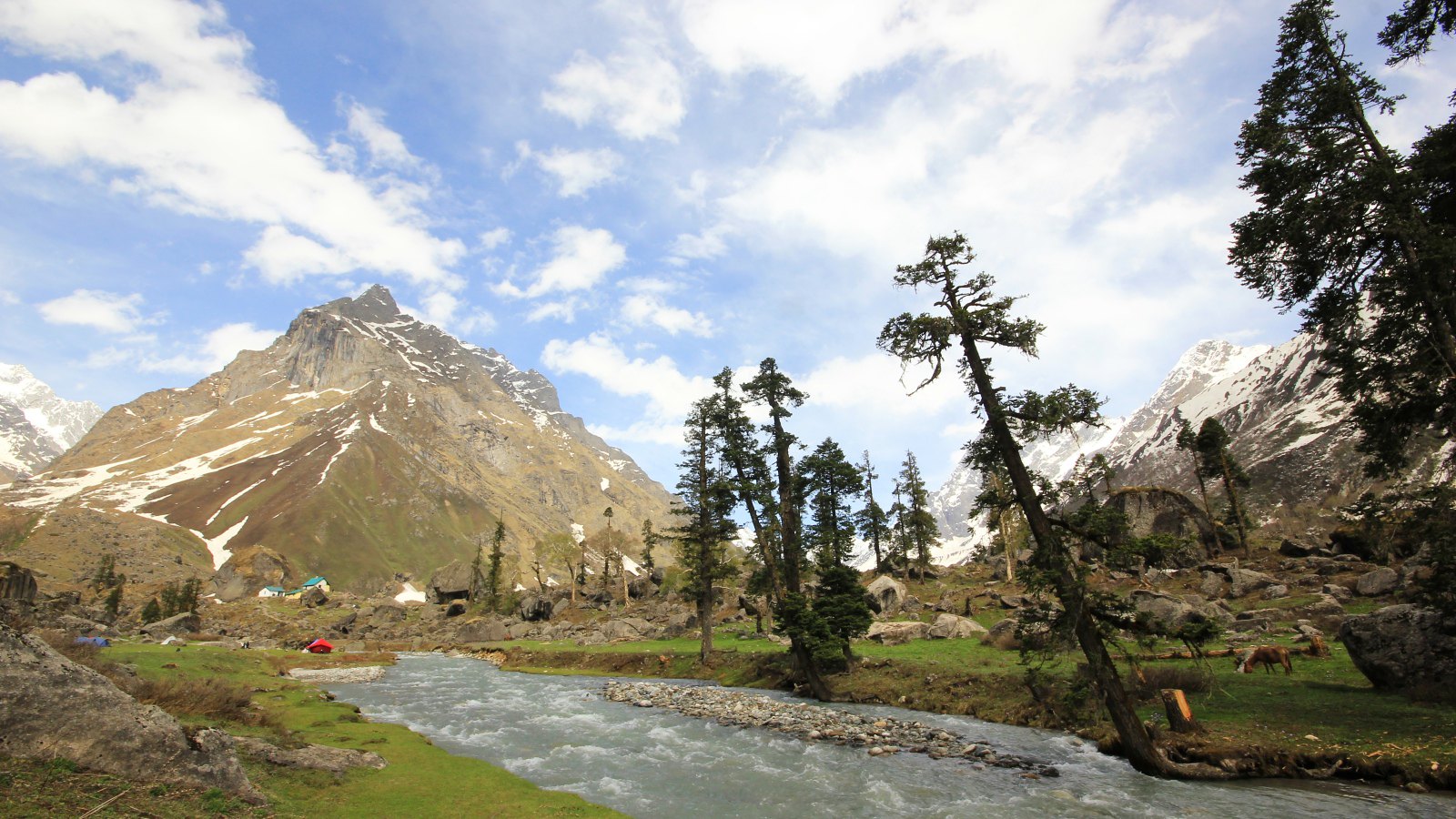
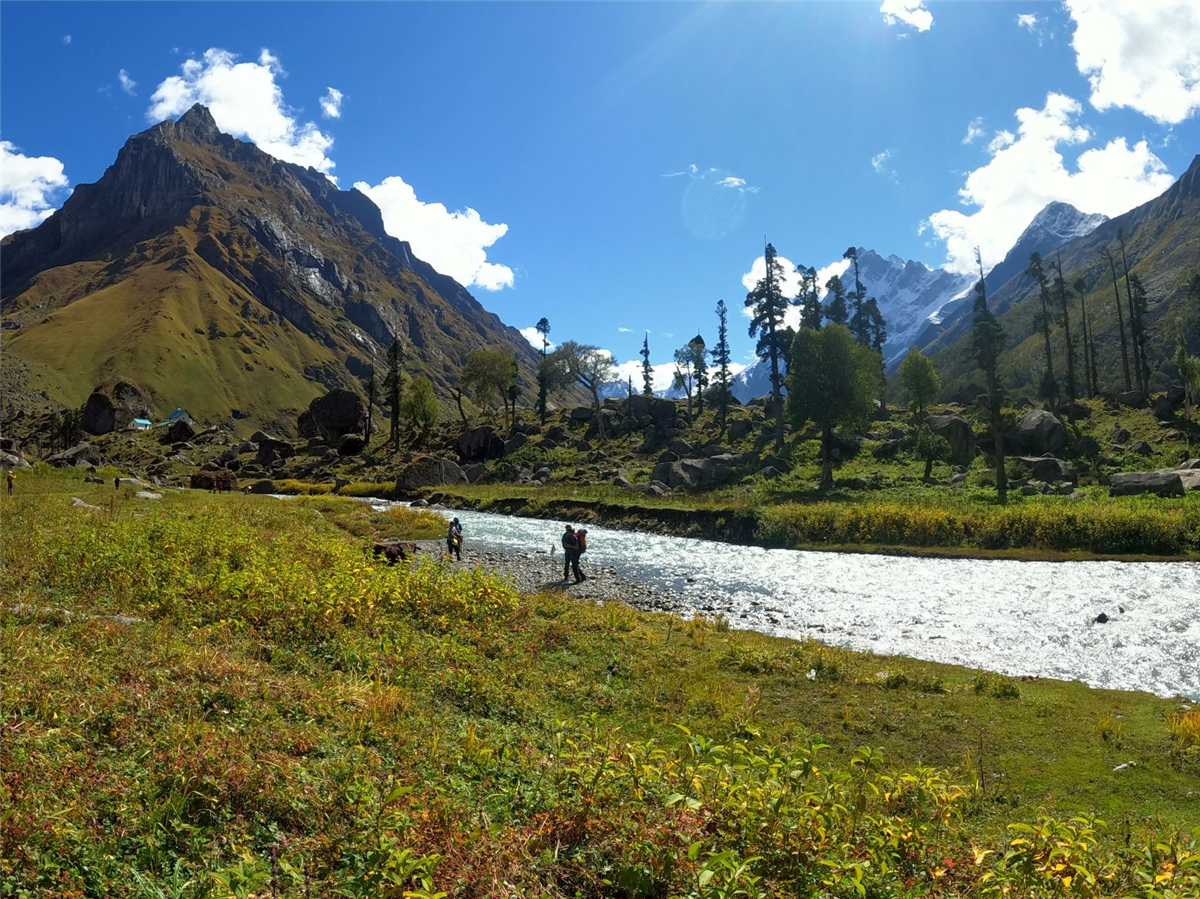
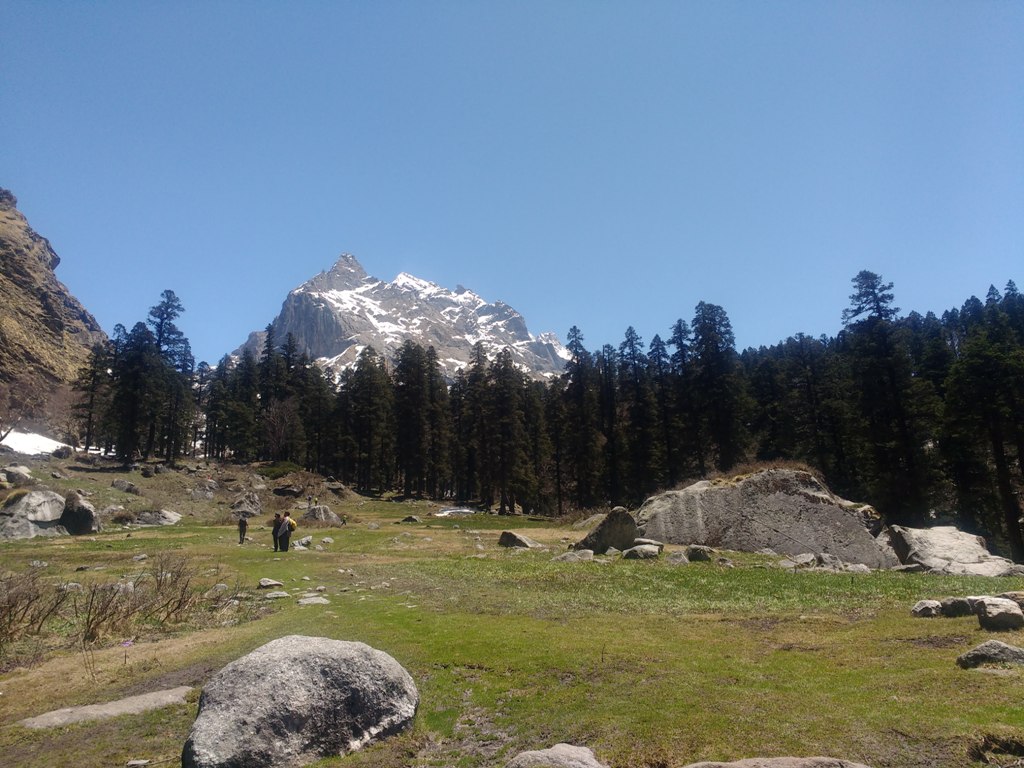
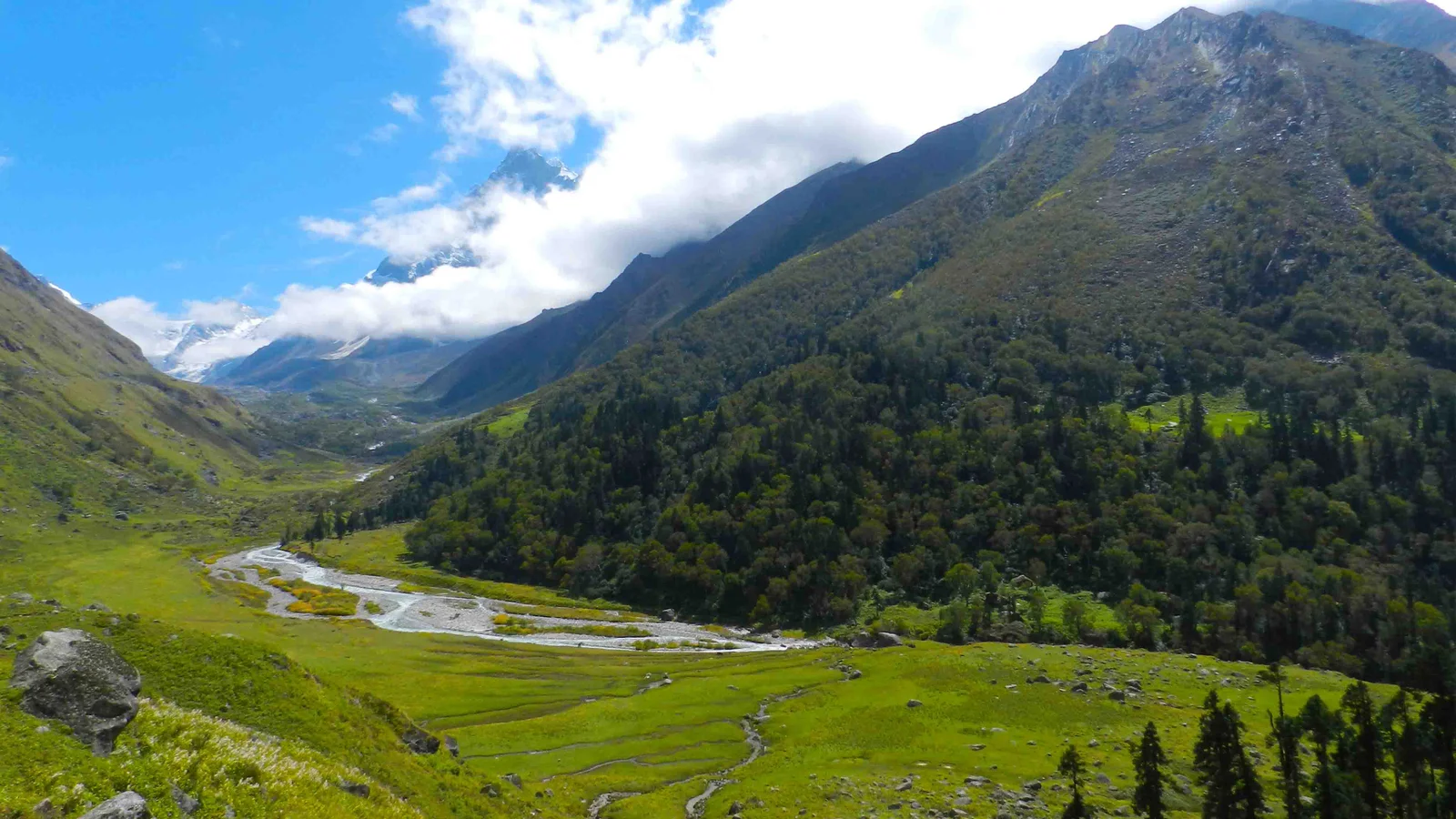
See all









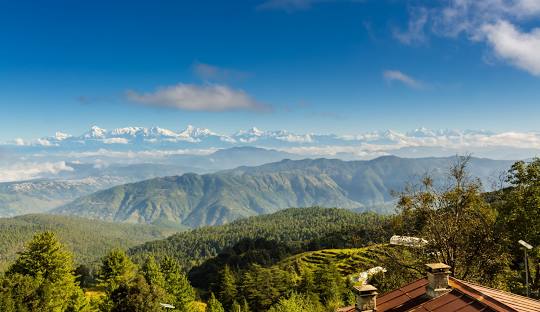




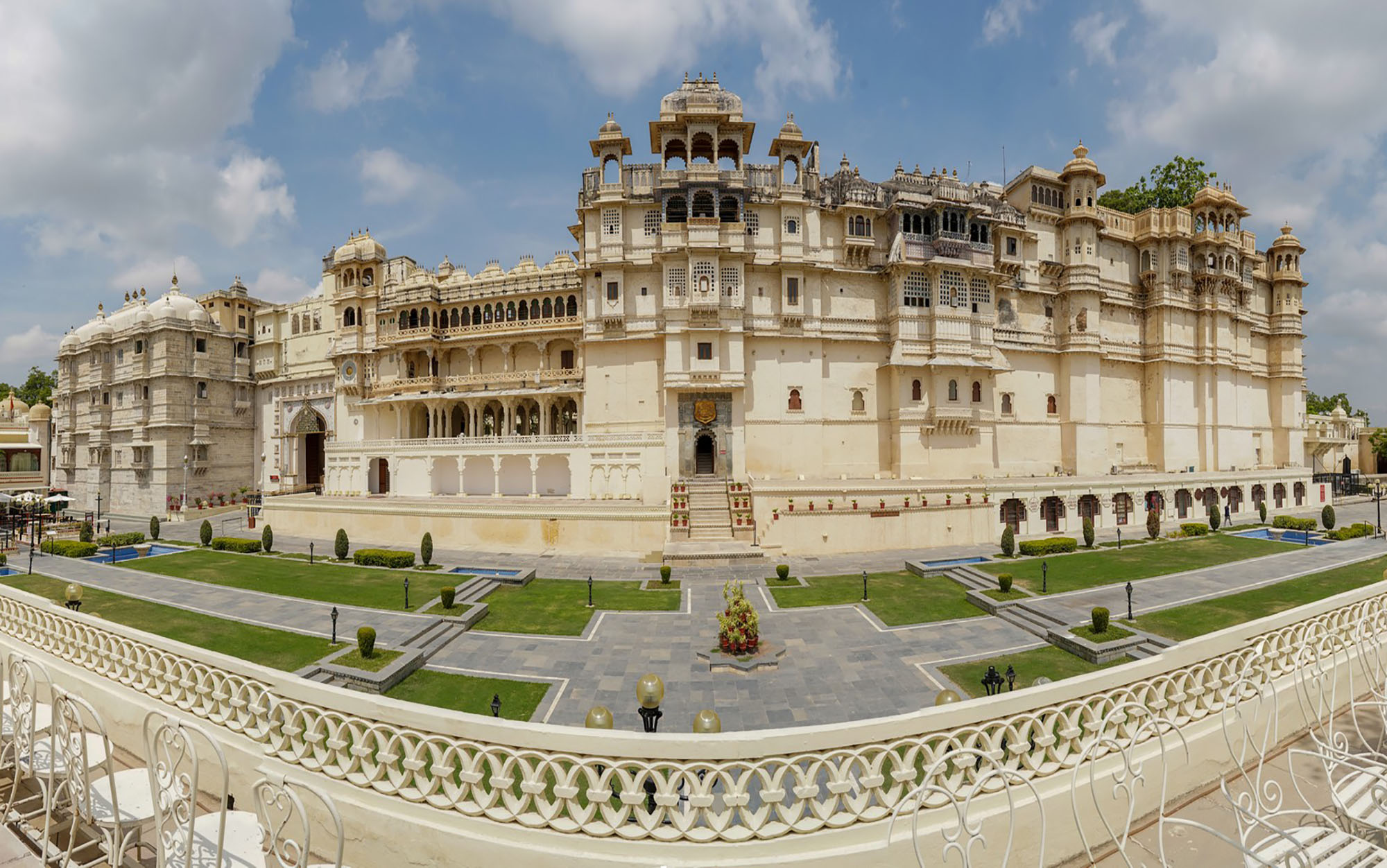




.png)

.png)

.png)
.jpg)
.jpg)
.png)



.png)
.png)
.png)

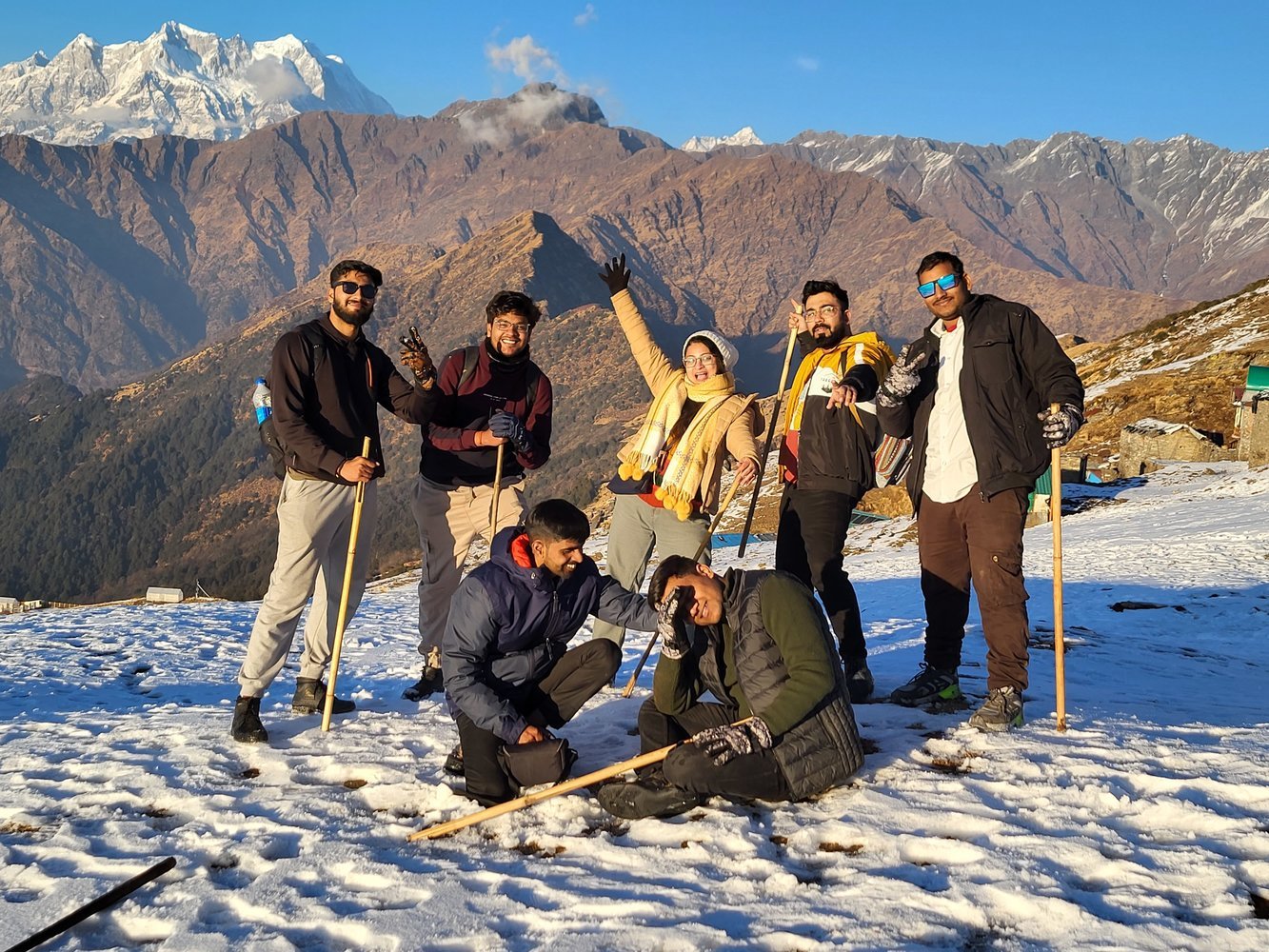

.png)
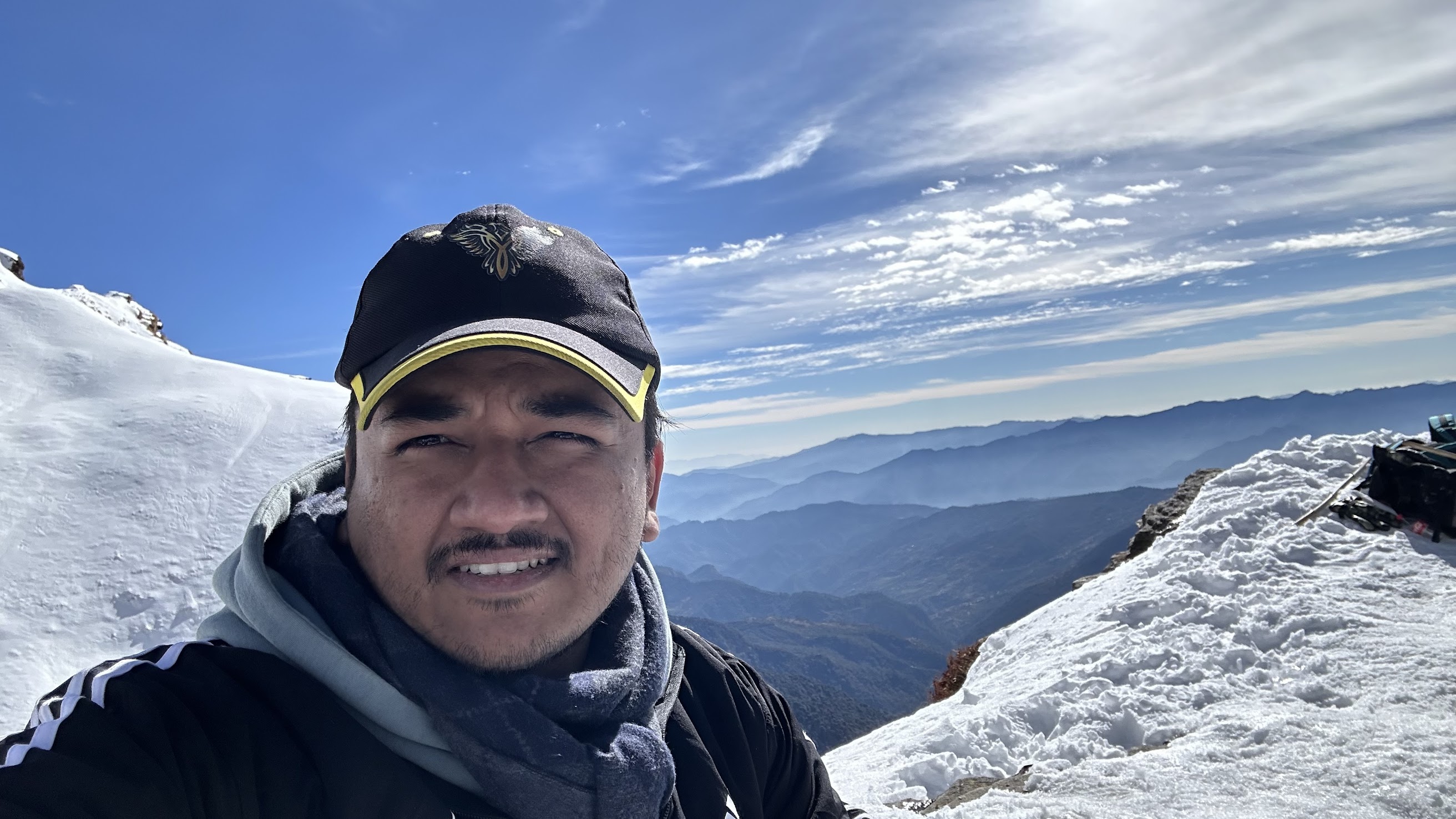
.jpg)
.png)
.jpg)
.png)
.png)
.png)
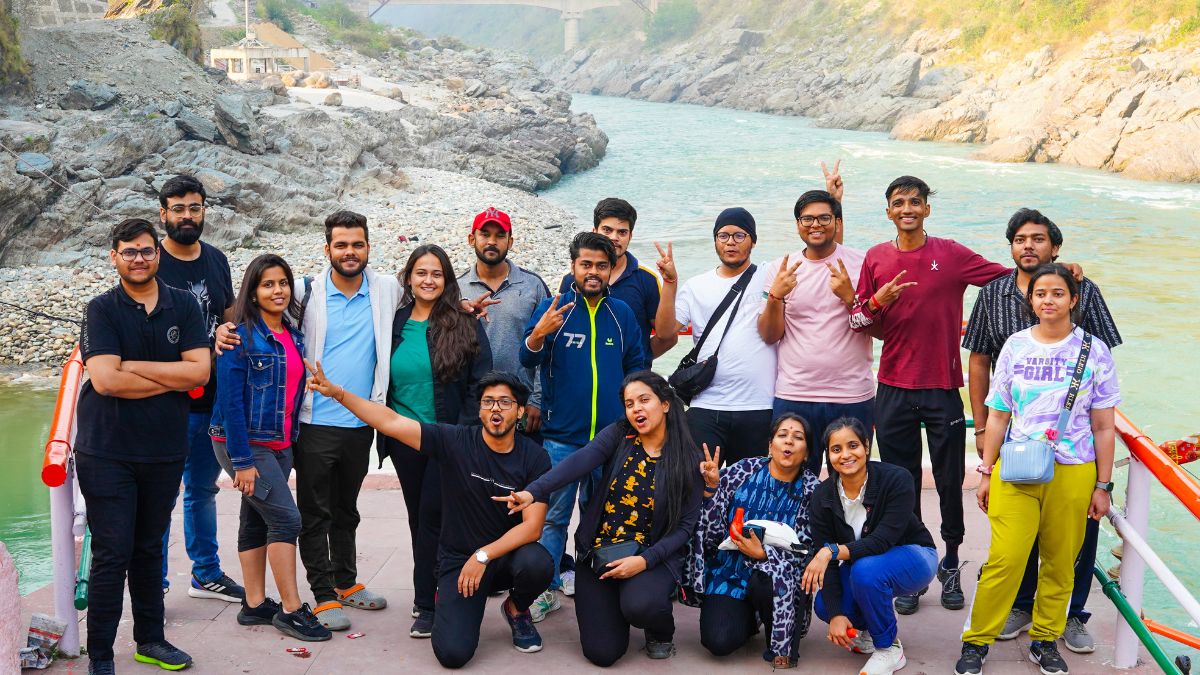
.jpg)
.png)
.png)

.png)
.jpg)
.png)


.png)
.png)
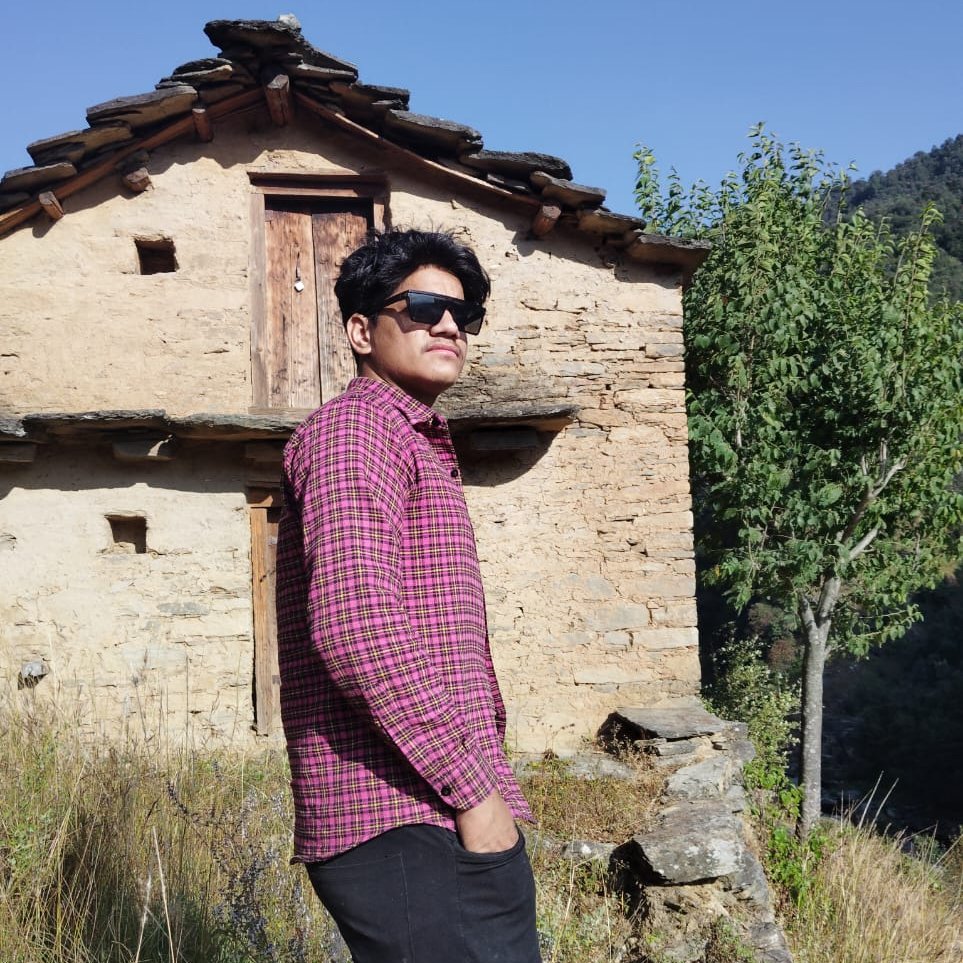
.png)
.png)
.png)
.png)
.png)
.jpg)
.jpg)

.png)
.png)
.jpg)

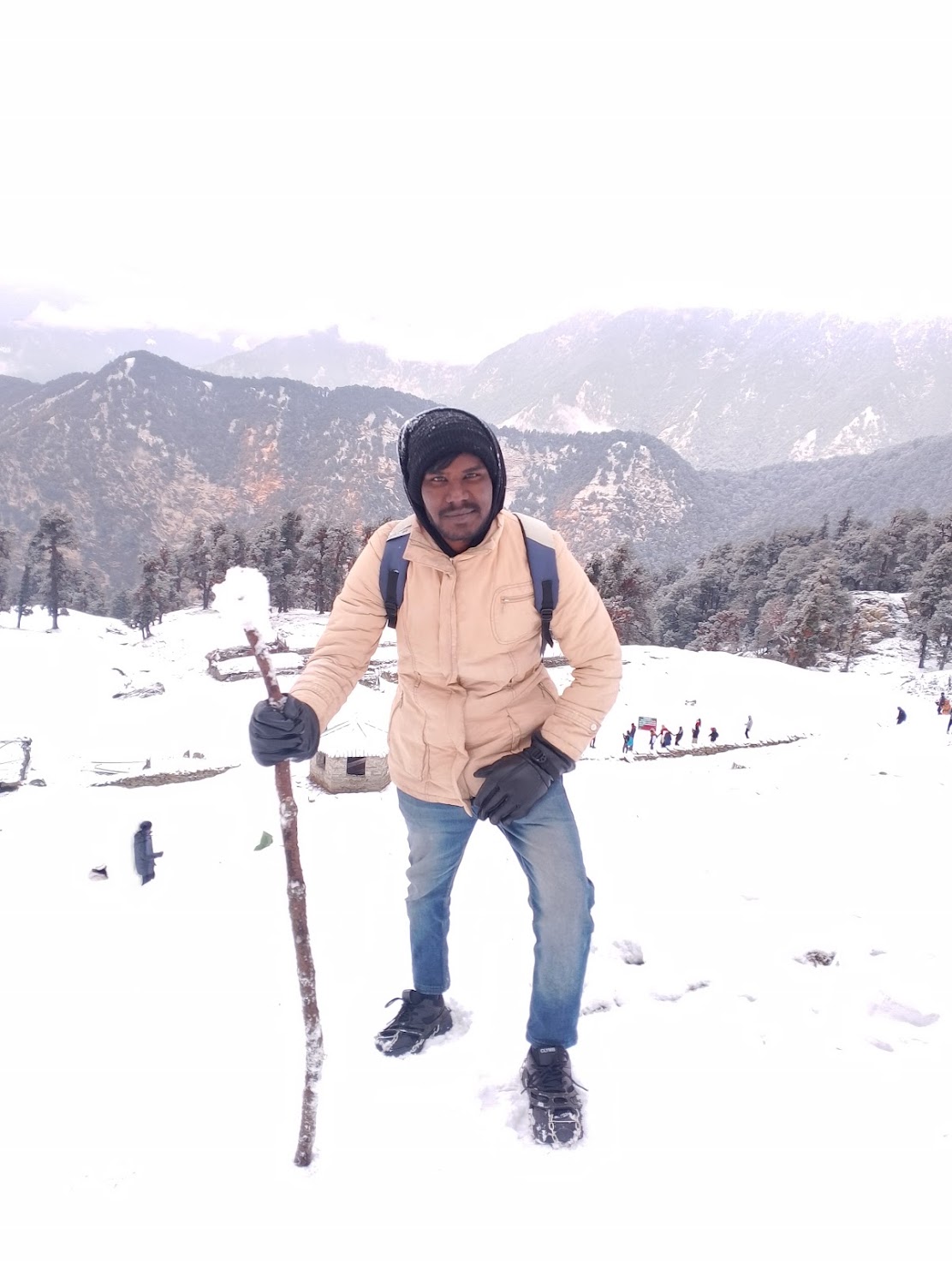
.jpg)
.png)
.png)
.png)
.jpg)
.png)

.png)
.png)
.png)
.png)